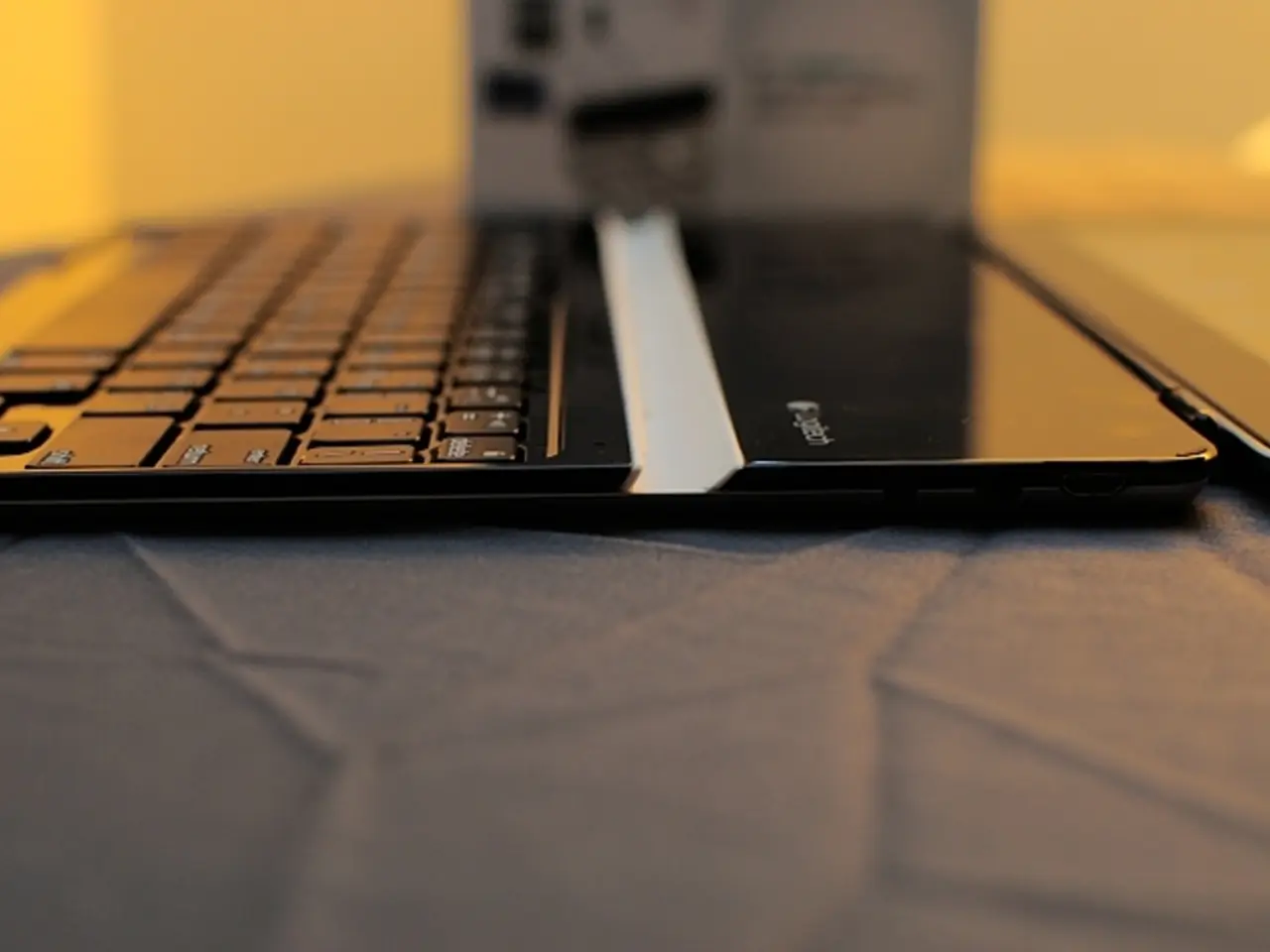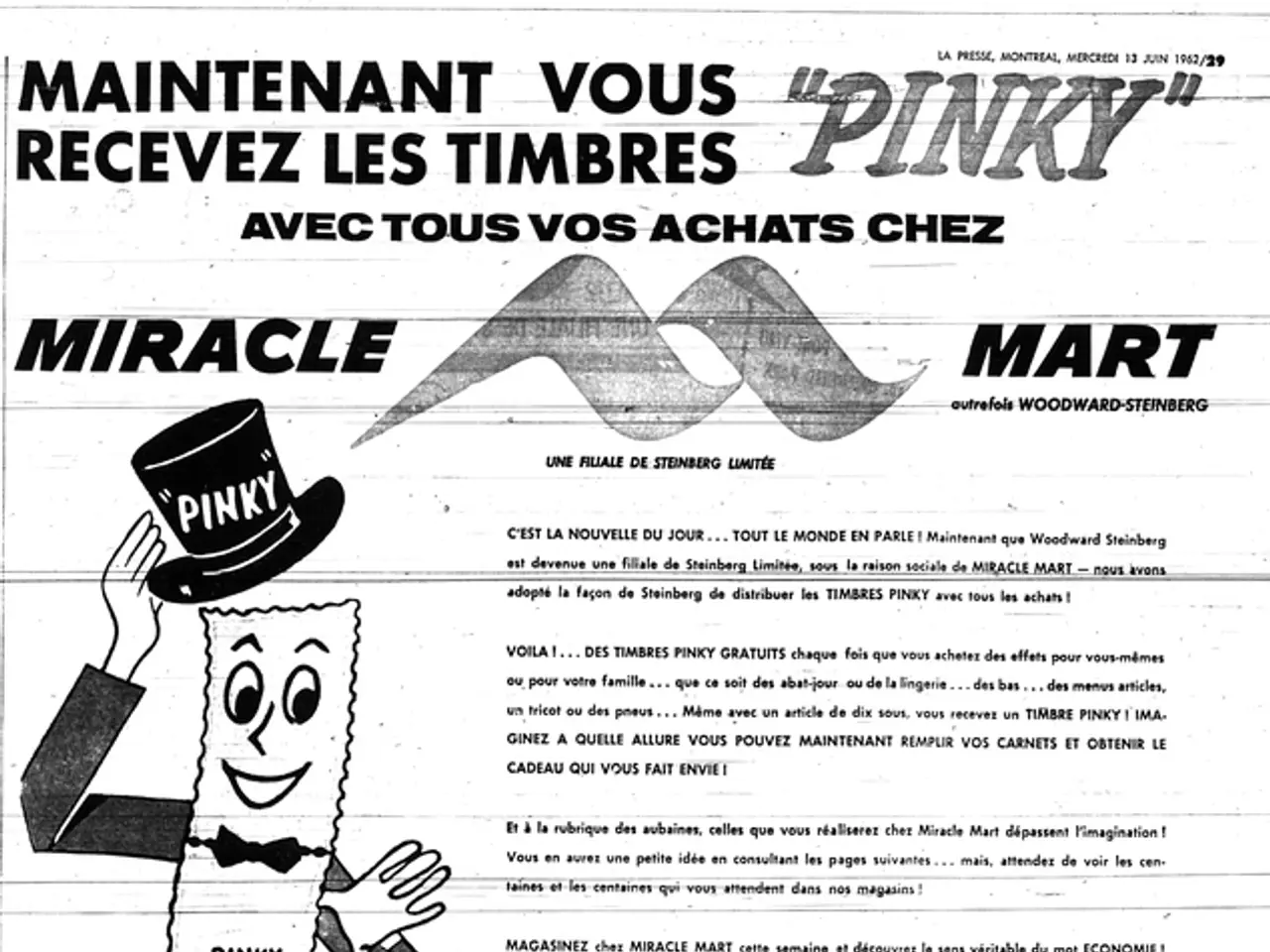October 25th Efforts: First Model Y, Megapack Manufacturing Facility Unveiled Amidst Trump Impact and Battery Evaluations
In the ever-evolving world of electric vehicles (EVs), two significant players are making strides in battery technology: BYD's Blade Battery and Tesla's 4680 Battery. These innovative power sources highlight distinct design philosophies, chemistries, manufacturing techniques, and target applications.
## Design and Structure
The BYD Blade Battery boasts a long, thin, blade-shaped cell, maximising the use of space within the battery pack and enhancing safety through large gaps between cells for heat dissipation. In contrast, Tesla's 4680 cell is a large, cylindrical battery designed to store more energy per cell and allow for structural integration into the vehicle frame. Tesla's structural battery pack uses a honeycomb structure, with the battery pack itself being part of the vehicle's chassis, reducing weight and improving structural rigidity.
## Battery Chemistry
The BYD Blade Battery employs lithium iron phosphate (LFP) chemistry, renowned for its safety, long cycle life, and tolerance to regular full charges. On the other hand, Tesla's 4680 Battery, initially planned for various chemistries, currently uses advanced nickel-manganese-cobalt (NMC) or similar high-energy-density chemistries in vehicles like the Cybertruck. Tesla's innovations include a dry cathode process and advanced thermal management, aiming for higher energy density, faster charging, and lower costs.
## Key Advantages
Both batteries offer unique advantages. The BYD Blade Battery excels in energy density, safety, charging speed, cycle life, cost, and weight integration, making it ideal for mass-market EVs and regions prioritising reliability and affordability. Meanwhile, the Tesla 4680 Battery stands out for its structural integration, higher energy density, and rapid charging potential, targeting performance-oriented EVs and advanced vehicle architectures.
## Applications
The BYD Blade Battery is predominantly used in BYD's own electric vehicles, including sedans, SUVs, and commercial vehicles. In contrast, Tesla's 4680 Battery is used in select Model Y batches and the Cybertruck, with plans for broader adoption in the future.
## Emerging Technologies
Tesla's latest announcement involves an aluminium-ion battery with rapid 15-minute charging and up to 50% more energy per unit volume than the 4680 cells, aiming for improved range, longevity, and thermal safety. BYD continues to refine LFP technology for cost and safety optimisation.
In summary, the BYD Blade Battery is distinguished by its LFP chemistry, high safety, long cycle life, and cost-effectiveness, making it ideal for mass-market EVs and regions prioritising reliability and affordability. The Tesla 4680 Battery stands out for its structural integration, higher energy density, and rapid charging potential, targeting performance-oriented EVs and advanced vehicle architectures. Tesla's latest aluminium-ion battery announcements suggest a future shift towards even faster charging and higher energy density, but such technology is not yet standard across vehicles.
The BYD Blade Battery is built upon lithium iron phosphate (LFP) chemistry, contributing to its widespread use in electric vehicles (EVs) due to its emphasis on safety and cost-effectiveness. Meanwhile, Tesla's 4680 Battery, with its structural integration and higher energy density, is propelled by advanced nickel-manganese-cobalt (NMC) or similar chemistries, underscoring its focus on performance-oriented EVs and innovative technology.




